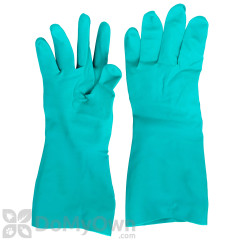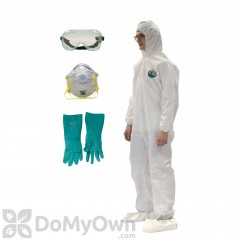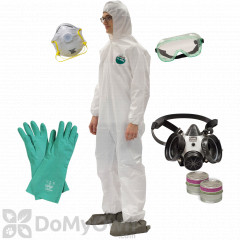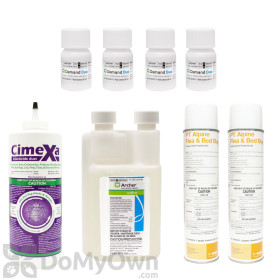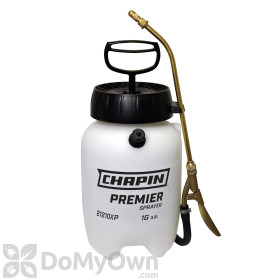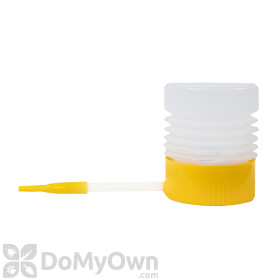What are Flea Traps, and Do They Work?

Flea traps might seem like a great solution to help control your flea problem, but you might have noticed we do not carry flea traps, nor do we recommend them. Flea traps claim to get rid of fleas quickly without the use of any chemicals, and this may seem attractive, but they don't work. Here is a look at why flea traps will not work and why, so you can make the best choices when it comes to flea control.
How Flea Traps Are Supposed To Work
Flea traps are set up with a source of heat, usually with a low wattage light bulb, and a specific color, which is supposed to act as a lure to the fleas, mimicking a warm-blooded animal. Flea traps depend on fleas seeking out hosts and crawling towards the warm traps. They are fitted with sticky glue paper or something similar to trap or kill the fleas. Manufacturers recommend setting up several of these traps up all around the house for great flea control without any other products.
The main flaw of these traps is that they operate on the principle that fleas are lured to warmth and certain colors, and that killing adult fleas will control the infestation. This theory ignores the eggs, larvae, and pupae that also exist, so the life cycle is allowed to continue.
Why Flea Traps Don't Work
This is a case when knowing more about the pest can help immensely when trying to control it, and with fleas, it is important to know how they find new hosts and move from host to host in order to get rid of them for good. This is not how fleas find hosts.
- First and most importantly, traps do not kill fleas that exist on animals. This is where we recommend you control fleas first, since fleas will not leave a viable host, and will continue to breed and lay eggs.
- To detect hosts, adult fleas in cocoons sense body heat, increases in carbon dioxide, odor, and air movement or vibrations. Once they feel a proper host is near, they emerge and then jump onto a passing host. This also means that a warm lamp isn't going to entice a flea to emerge from the cocoon.
A proper flea treatment includes a mix of non-chemical steps and chemical control methods that will control every life stage of the flea, and will break the life cycle. Proper flea control takes 3-5 weeks of patience and persistence.
